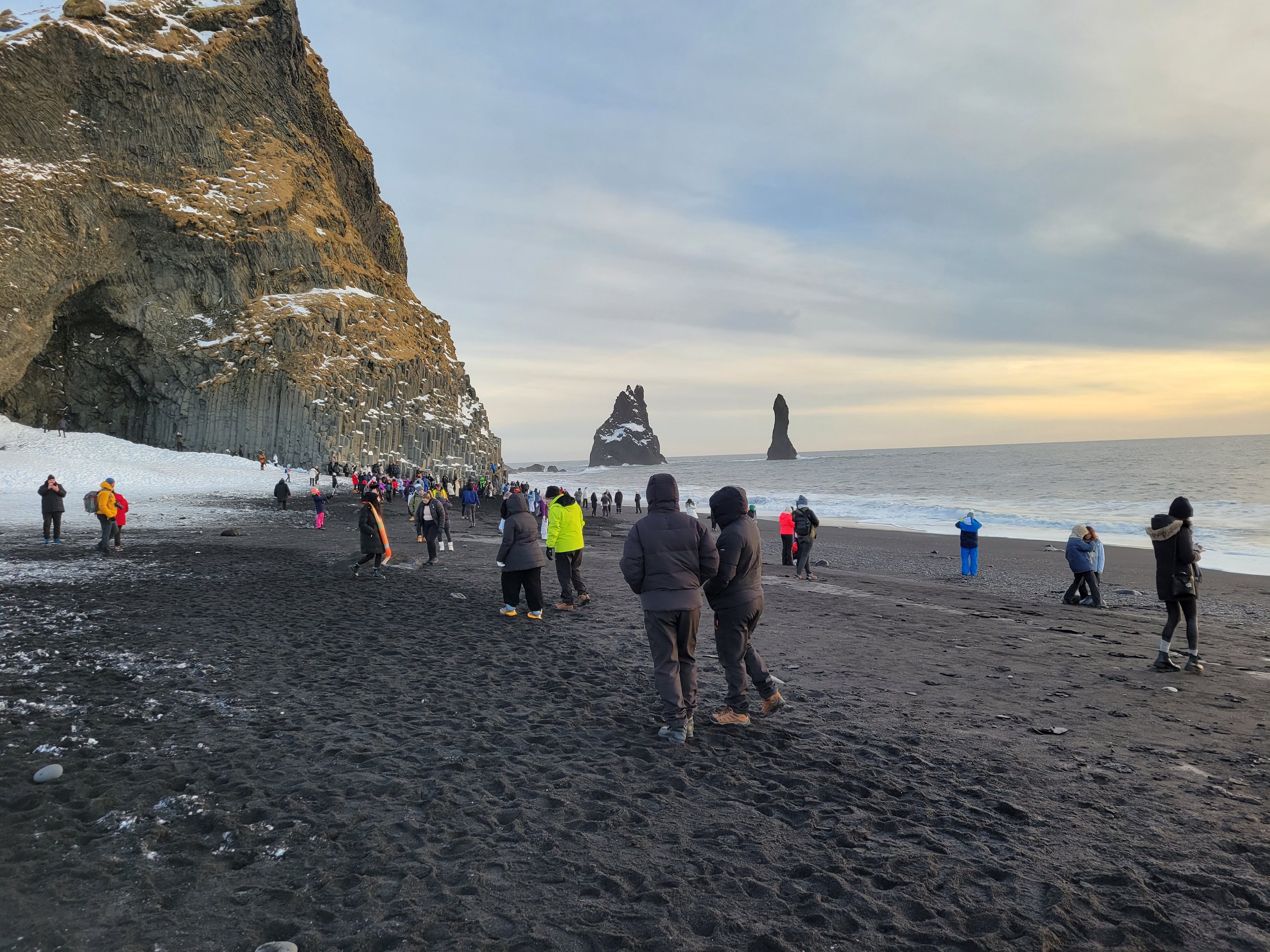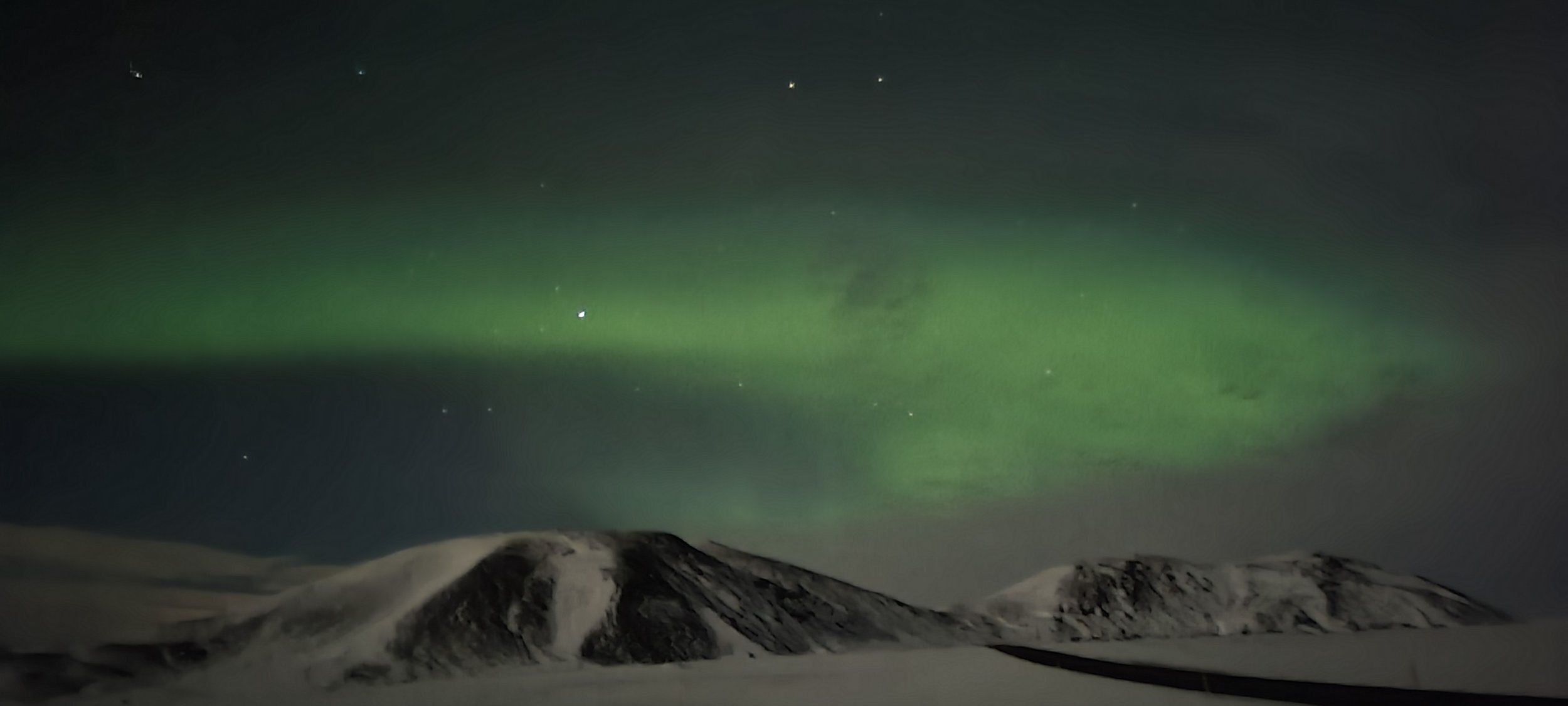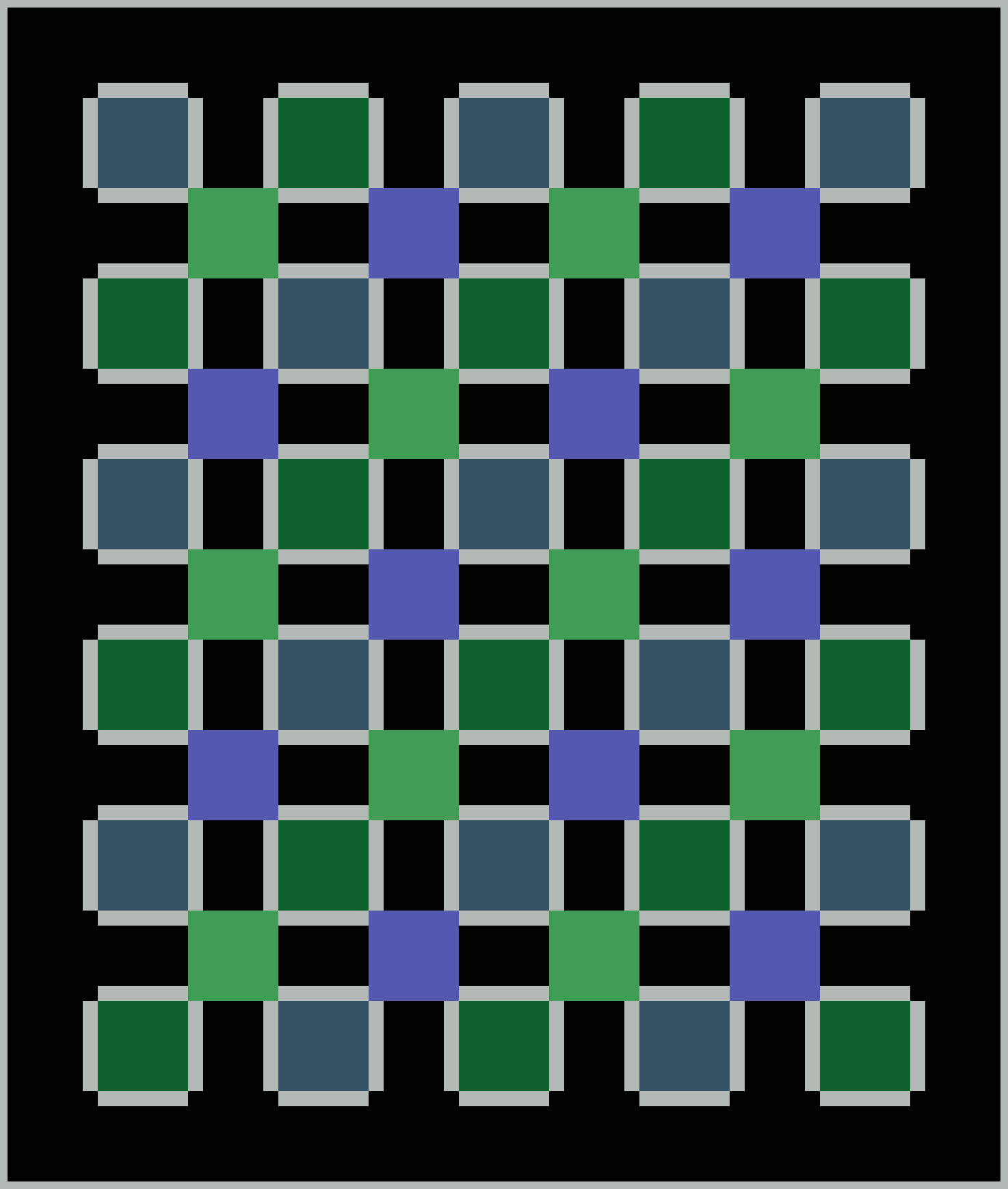Winter Travel in Iceland
It’s the long-awaited Iceland post! It’s still winter for a while yet, but I think at this point this blog post will be most helpful to those planning on traveling next winter or debating if they want to visit in summer or winter. For most that decision comes down to wanting to see the Northern Lights or not. But I can tell you from experience that if you can travel in both seasons it is absolutely worth it because the country looks completely different in winter versus summer, so let's get to it!
For the most part, if you are traveling to Iceland it is to appreciate the natural beauty, and as soon as you leave the airport (there is only one international airport) you can see why. Iceland has an incredible, otherworldly look that lies somewhere between science fiction and fantasy, except you can go and visit! In winter most of the landscape is covered in snow and frozen over; however you will have areas near hot springs where the underlying landscape is visible through the steam. I found this to be a theme throughout my trip - even the city of Reyjavik looked different in winter (warmer in some way) than it did in summer.
I found one of the most remarkable locations to visit were just a few of the many waterfalls or Foss that are in Iceland. In the warmer months these inspiring natural wonders are thundering with the water pouring over the sides, but in winter many are half frozen if not fully frozen, capturing that power and holding it the moment. The combination of limited water flow, ice and stone creates a gorgeous palette to pull from.
One of the other great locations to see the great contrast during winter is Reynisfjara, or the Black Sand Beach. Now before we go any further I can’t say this strongly enough, they now have a warning system for the water conditions - make sure you follow it,because the water here is incredibly dangerous. The sand here is jet black (you can tell it was originally volcanic rock) and contrasts beautifully with the white snow. There are also some fantastic rock formations that can provide wonderful ideas for different projects.
Now, of course, is what you have all been waiting for me to talk about, the Northern Lights. If you get to see them it is a truly unique experience, but there are a lot of factors that determine whether or not they can be viewed. First you have to have fairly clear skies; clouds will obscure most activity, but clear skies do not guarantee a viewing. Second, the activity is dependent on solar activity, so even if you have ideal viewing conditions, if you don’t have the right solar activity in the right location you won’t see anything. The other interesting point to note is depending on the level of activity you may or may not see that much color with the naked eye, but your camera will pick up a lot more. So, I can give you a few recommendations for seeing the northern lights if you go. One, go with a small group tour, you will be able to get to more locations that the larger groups can’t. Two, dress really warm (this is the time for hand and foot warmers) - some places you stop won’t be that bad, but others may be on the water and significantly colder. Three, plan your first northern lights hunting tour early in your trip so you have the possibility of going again if you miss them the first time.
So what else can I tell you about traveling to Iceland in winter? The days are short (really short), so if you aren’t used to this you need to plan to make the most of your time. While I was there the sun started coming up sometime between 10:30 and 11:00am and was fully dark by 4:00pm, so you want to get as much sightseeing in during those daylight hours as possible. (In summer you have the opposite situation, as there is almost no darkness.) Also, plan to sleep more than you normally would. All that darkness tends to have that effect. In winter I would advise against renting a car (save that for summer), the weather can be very unpredictable, there is limited daylight and the roads aren’t the best. Reykjavik is extremely walkable so you don’t have to worry about driving to get places in the city. It is also very well lit, so even with little daylight you won’t have a problem going out and about. I would however recommend getting crampons for your boots; not only will they be helpful when on tours but they will help when getting around the city. I found that sidewalks tended to have limited snow and ice removal in most places (something I am not used to) so I spent a lot of time walking very tentatively (by the end of the week I was fine) but the crampons would help you feel a lot more steady on your feet right from the start. One other note - eating in Iceland, while expensive, is actually a lot of fun. Expect to embrace your carbs (you will walk them off) and a surprisingly wide range of food options; even vegetarians will be able to find a large offering. I hope you enjoyed this little guide and some of the different color inspirations that came from my trip.
Until next time,
Siobhan





